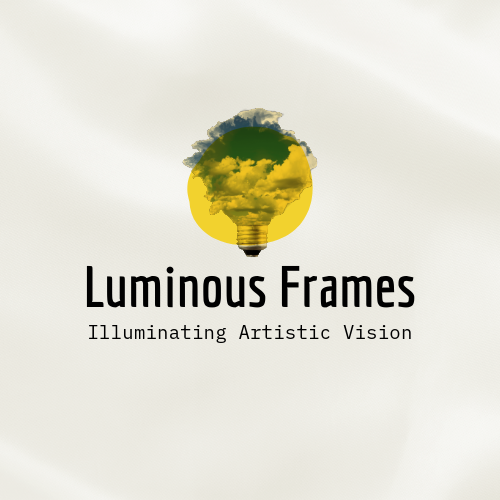Ahmed Adly
Mastering Low Light Photography
Shooting in low light can be challenging but also incredibly rewarding. With the right techniques, you can capture stunning images that convey mood, atmosphere, and detail even in dim conditions. Here are some essential tips for mastering low light photography.
1. Use a Wide Aperture
A wide aperture (small f-number, e.g., f/1.8 or f/2.8) allows more light to enter the camera, making it easier to shoot in low light conditions.
Tip: Use lenses with a large maximum aperture (often referred to as "fast" lenses) to gather as much light as possible.
Effect: A wide aperture also creates a shallow depth of field, which can beautifully isolate your subject from the background.
2. Increase ISO Sensitivity
Raising the ISO increases the camera’s sensitivity to light, allowing you to capture images in darker environments.
Tip: Start with a low ISO and gradually increase it until you achieve the desired exposure. Be mindful of the noise that higher ISO settings can introduce.
Effect: Modern cameras handle high ISO settings better than ever, but using noise reduction software in post-processing can help maintain image quality.
3. Slow Down Your Shutter Speed
A slower shutter speed allows more light to hit the camera sensor. However, it also increases the risk of camera shake and motion blur.
Tip: Use a tripod to stabilize your camera when using slow shutter speeds. If a tripod isn't available, stabilize your camera against a solid surface or use image stabilization features.
Effect: Slow shutter speeds can create beautiful motion blur effects, such as light trails or silky-smooth water.
4. Use a Tripod or Stabilize Your Camera
A tripod is an essential tool for low light photography. It allows you to use slower shutter speeds without the risk of camera shake.
Tip: If you don’t have a tripod, find ways to stabilize your camera, such as placing it on a solid surface or using a wall for support.
Effect: A stable camera ensures sharp images even with long exposures.
5. Experiment with Exposure Compensation
In low light conditions, your camera's metering system may underexpose your images. Use exposure compensation to correct this.
Tip: Dial in positive exposure compensation (+1 or +2 stops) to brighten your image.
Effect: This adjustment helps capture more detail in shadows and achieves a more accurate exposure.
6. Shoot in RAW Format
Shooting in RAW format preserves more data from the sensor, giving you greater flexibility in post-processing.
Tip: Use RAW to adjust exposure, white balance, and noise reduction more effectively than JPEG.
Effect: RAW files allow for better recovery of details in both shadows and highlights.
7. Utilize Artificial Light Sources
Incorporate artificial light sources such as LED panels, flash, or even streetlights to illuminate your scene.
Tip: Use off-camera flash or continuous lights to control the direction and quality of light.
Effect: Artificial light can add drama, highlight your subject, and reduce the need for extremely high ISO settings.
8. Embrace Creative Techniques
Low light conditions offer unique opportunities for creative photography.
Long Exposure: Capture light trails, star trails, or create light paintings using long exposure times.
Silhouettes: Use backlighting to create striking silhouettes against a brighter background.
Reflections: Look for reflections in windows, puddles, or other surfaces to add interest to your compositions.
Conclusion
Shooting in low light can be a test of your technical skills and creativity, but the results can be stunning. By understanding how to manipulate aperture, ISO, shutter speed, and utilizing tools like tripods and artificial lights, you can capture beautiful, atmospheric images in challenging lighting conditions. Practice these techniques, and soon you'll be able to embrace the magic of low light photography with confidence.
